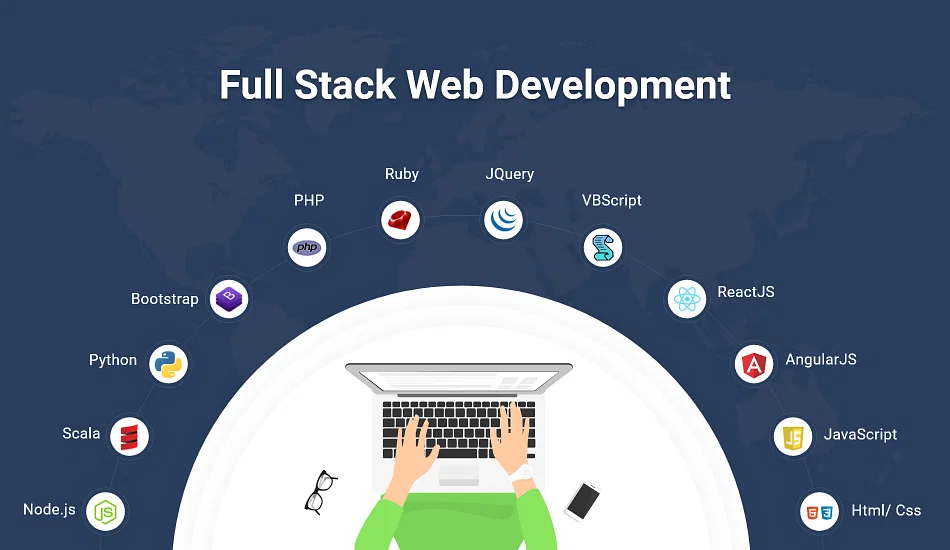
Sure, here are some full-stack web development project ideas along with tips to help you succeed:
1. E-commerce Platform: Create an online store where users can browse products, add items to their cart, and make purchases. Implement user authentication, a product catalog, shopping cart functionality, and payment integration. You can also add features like product reviews and recommendations.
2. Social Media Platform: Build a social networking site where users can create profiles, connect with friends, post updates, comment, and like posts. Implement real-time notifications and a messaging system to enhance the user experience.
3. Task Management Application: Develop a web-based task manager that allows users to create, update, and organize tasks. Implement features like task prioritization, due dates, and reminders. You could also add collaboration features to allow users to share tasks and collaborate on projects.
4. Fitness Tracking App: Create a web application that helps users track their fitness goals. Include features like recording workouts, setting goals, tracking progress, and providing personalized recommendations based on user input.
5. Online Learning Platform: Build a platform for hosting and managing online courses. Users can sign up, enroll in courses, watch videos, complete assignments, and take quizzes. Incorporate a dashboard for instructors to manage course content and monitor student progress.
6. Blogging Platform: Develop a blogging website where users can create and publish articles. Implement features like user authentication, article drafts, rich text editing, and the ability to categorize and tag posts. Allow readers to comment and share articles.
7. Job Board Website: Create a platform where employers can post job listings and job seekers can search and apply for jobs. Implement features like resume uploading, job alerts, and a user-friendly search interface.
8. Travel Planner: Build a web app that helps users plan their trips. Include features like searching for destinations, creating itineraries, booking accommodations, and displaying points of interest on a map.
9. Budget Tracker: Develop a tool to help users manage their finances. Allow users to track income and expenses, set budgets, and generate visualizations to provide insights into their financial situation.
10. Recipe Sharing Platform: Create a website for sharing and discovering recipes. Users can submit recipes, rate them, and leave reviews. Implement search and filtering options to help users find recipes based on ingredients, cuisine, and dietary preferences.
Tips for Success:
Plan Thoroughly: Clearly define the project’s scope, features, and technologies you’ll be using before you start coding. This will help you stay organized and focused.
Use Version Control: Utilize tools like Git to manage your codebase. This makes collaboration easier and provides a safety net for rolling back changes if needed.
Responsive Design: Ensure your web app is accessible and functional on various devices and screen sizes. Implement responsive design principles and test your app on different devices.
Security Measures: Implement user authentication, authorization, and data validation to secure your web application from common vulnerabilities.
UI/UX Considerations: Focus on creating a user-friendly interface with intuitive navigation. A well-designed UI/UX enhances the user experience.
Performance Optimization: Optimize your application’s performance by minimizing load times, using caching techniques, and optimizing database queries.
Testing: Regularly test your application to catch and fix bugs. Implement unit tests, integration tests, and user acceptance testing.
Documentation: Document your code, APIs, and project structure. This will help you and others understand the codebase and make future maintenance easier.
Continuous Learning: Full-stack development involves both frontend and backend technologies. Keep learning and improving your skills in both areas.
Deployment: Choose a reliable hosting platform and deploy your application. Consider using cloud services for scalability and ease of deployment.
Remember that projects like these can be quite extensive, so break them down into smaller milestones. Stay patient and persistent, as mastering full-stack web development takes time and practice.
